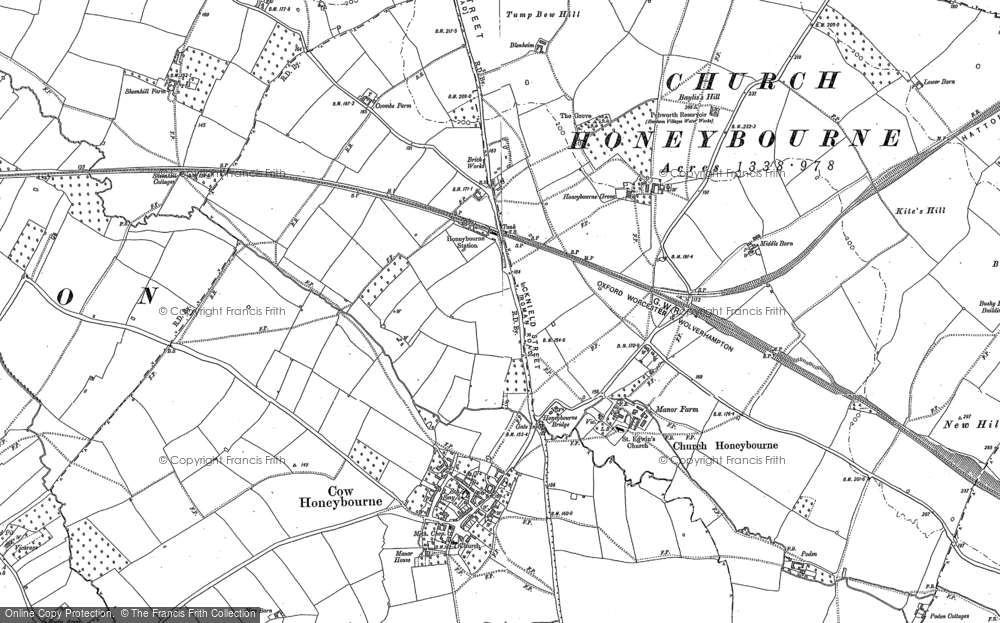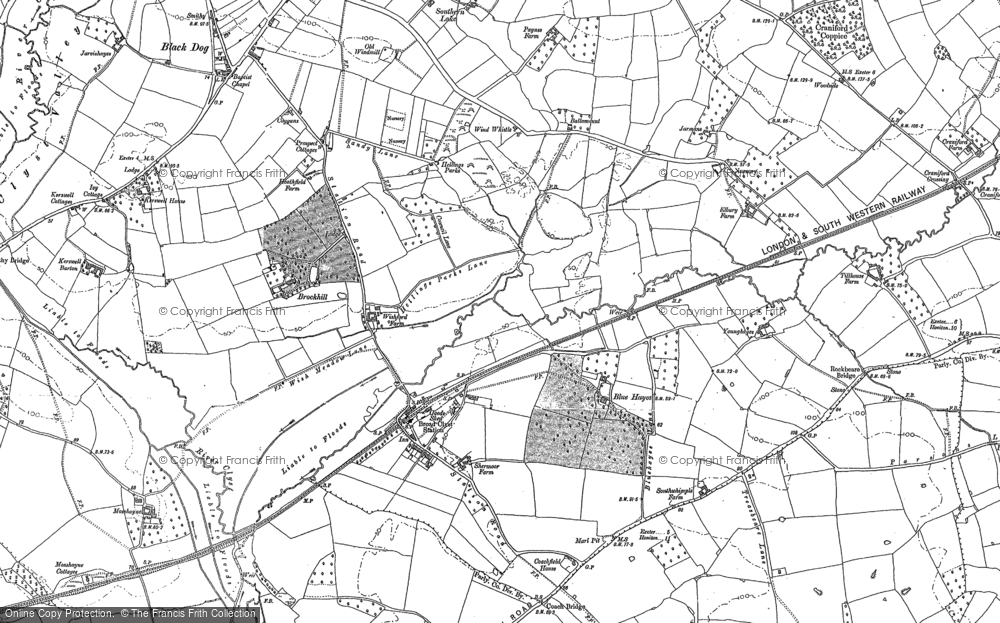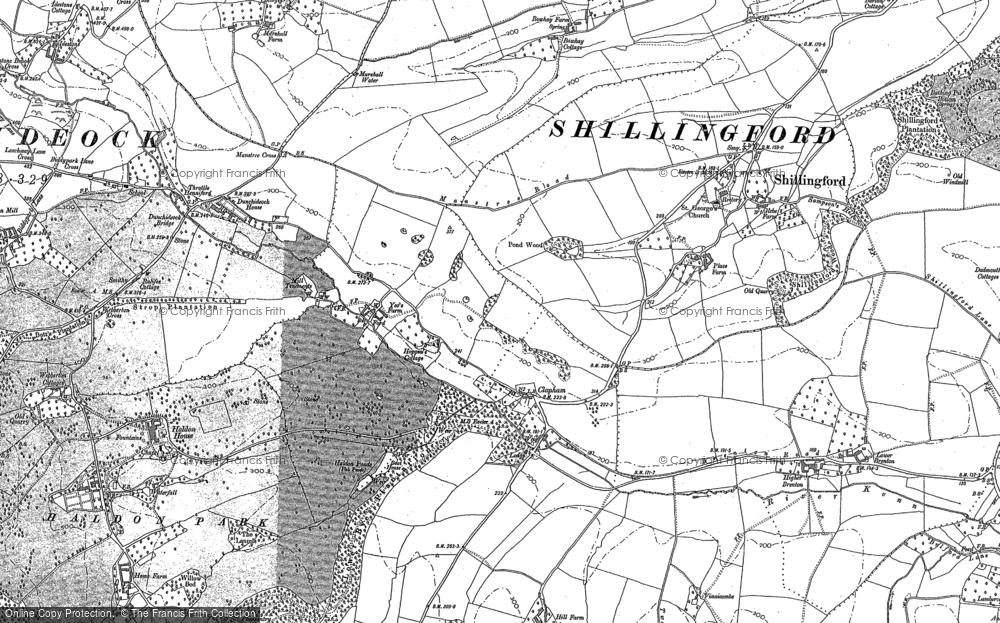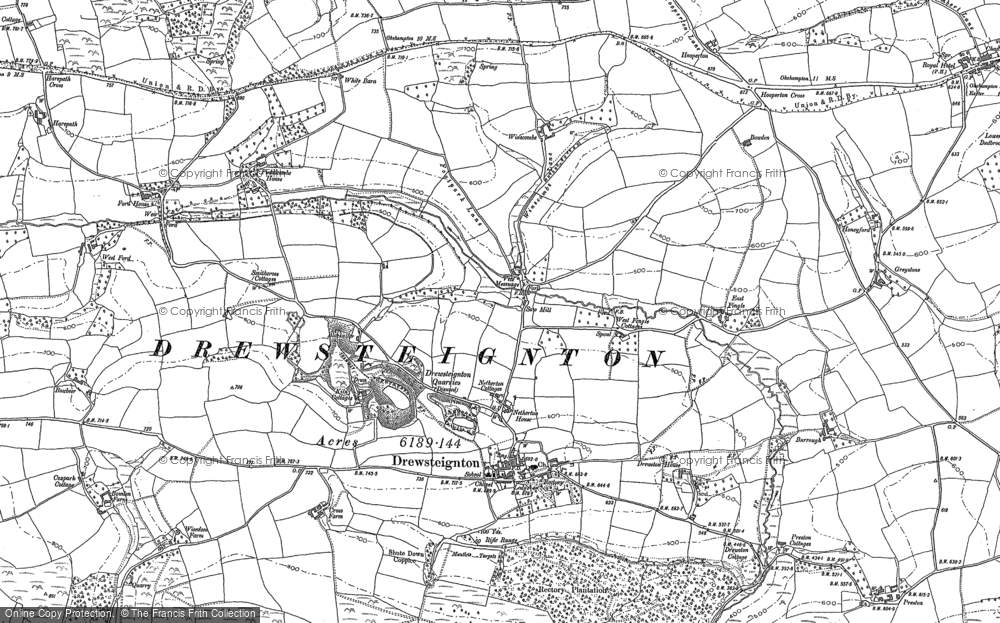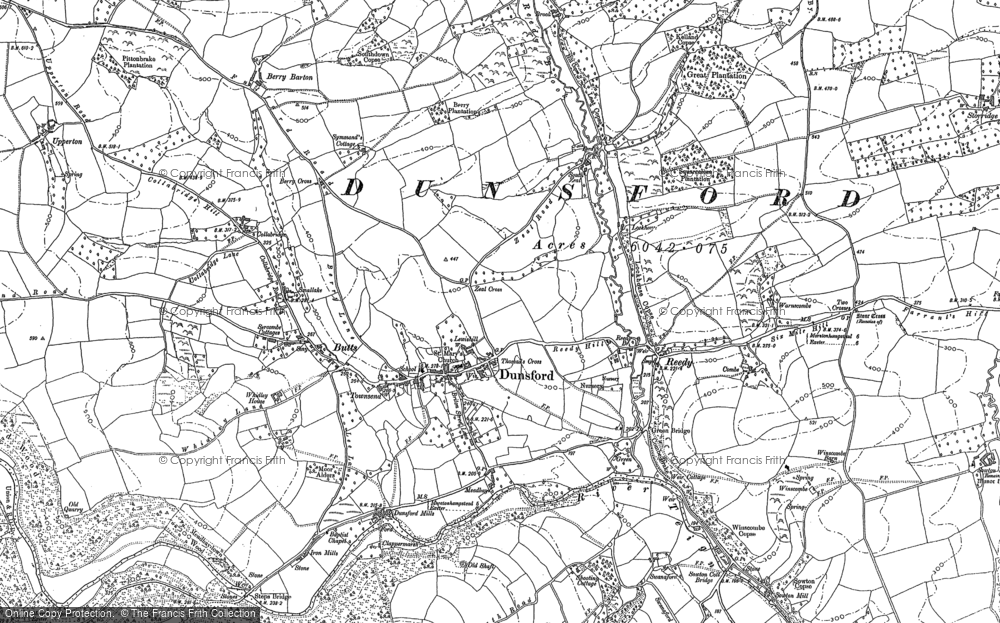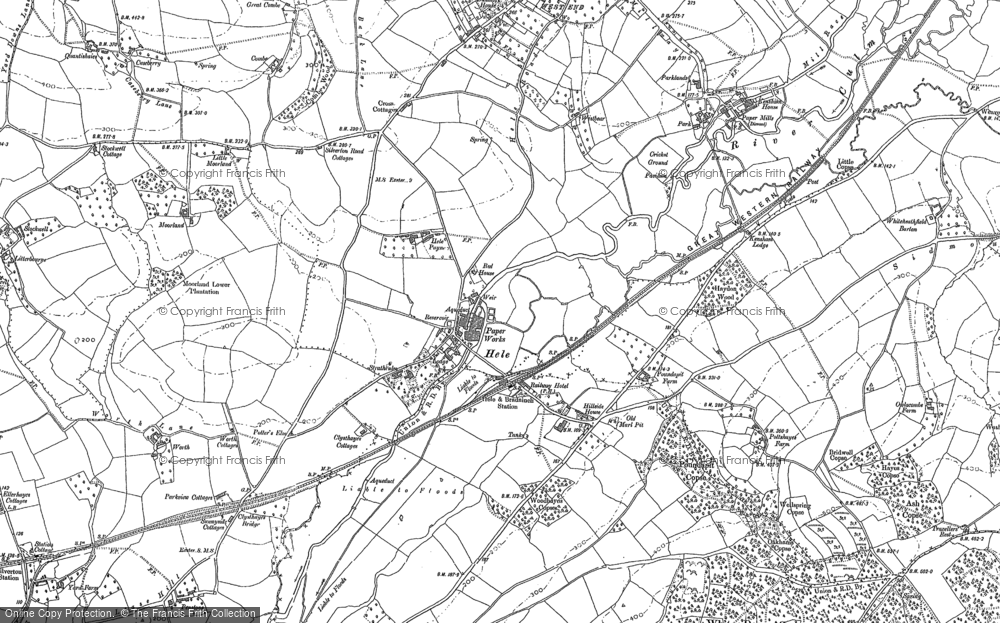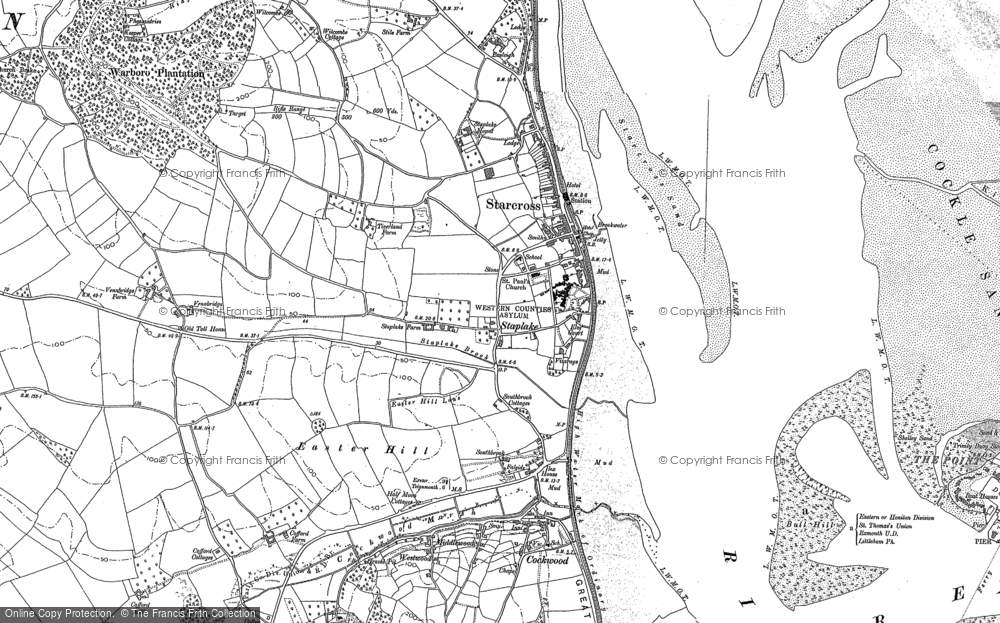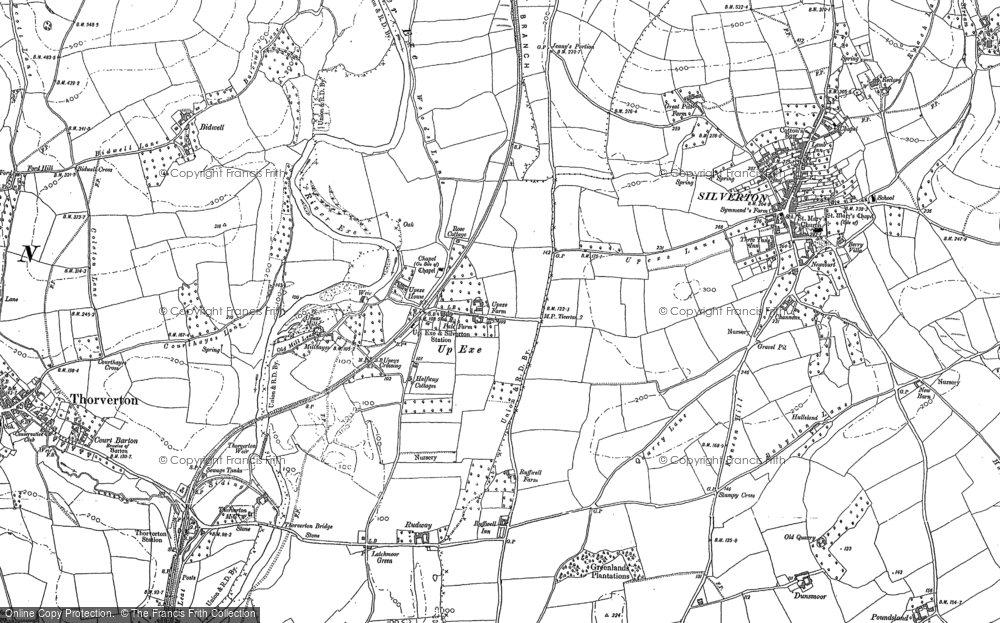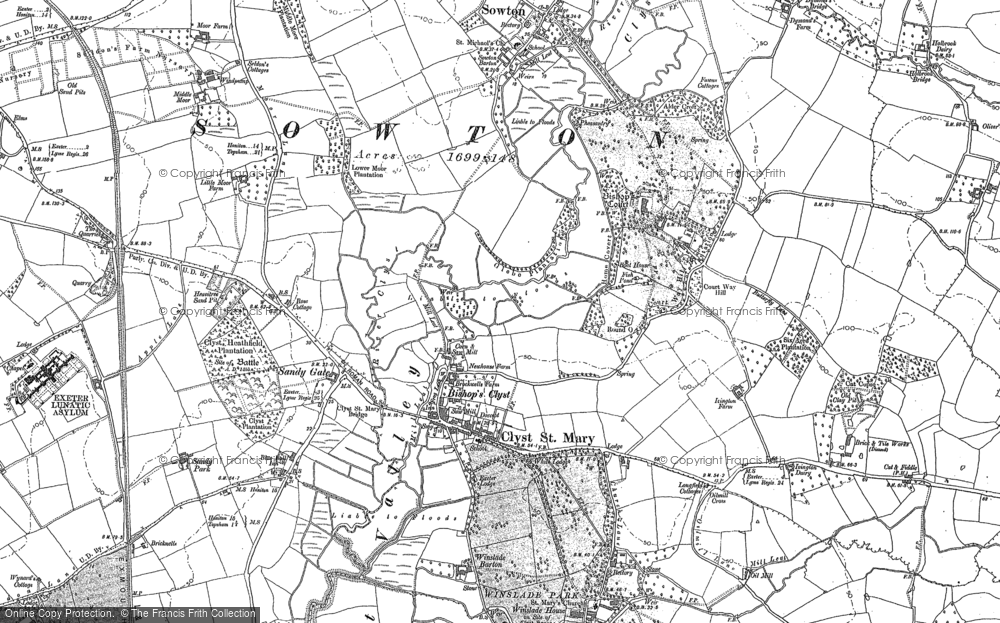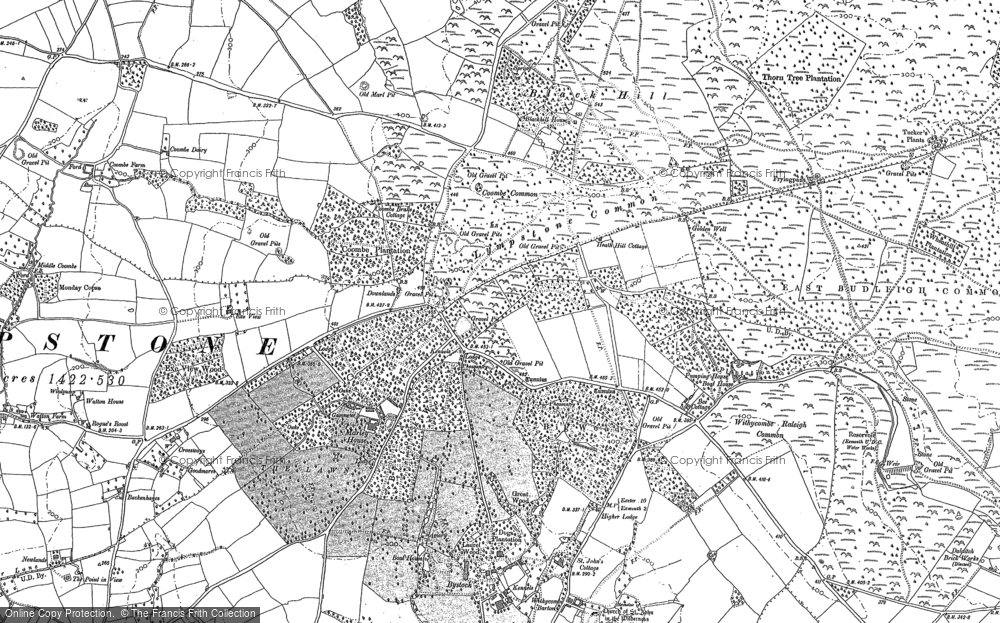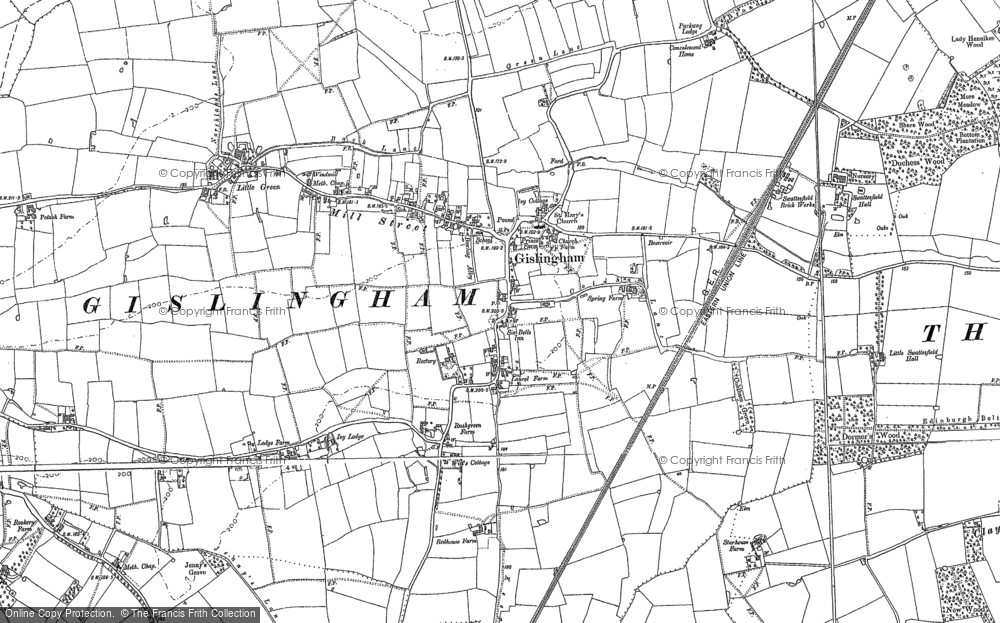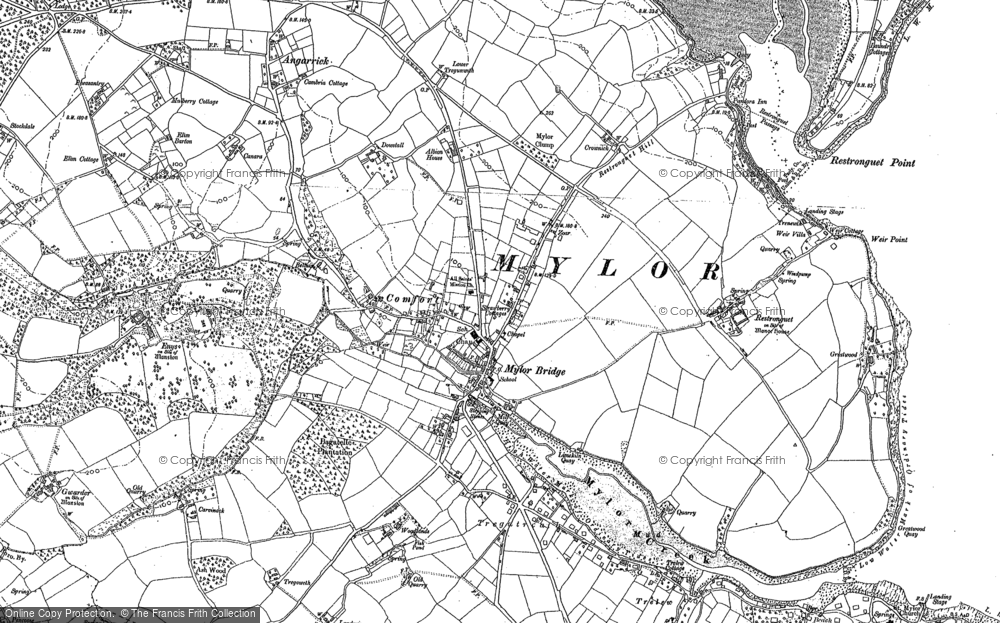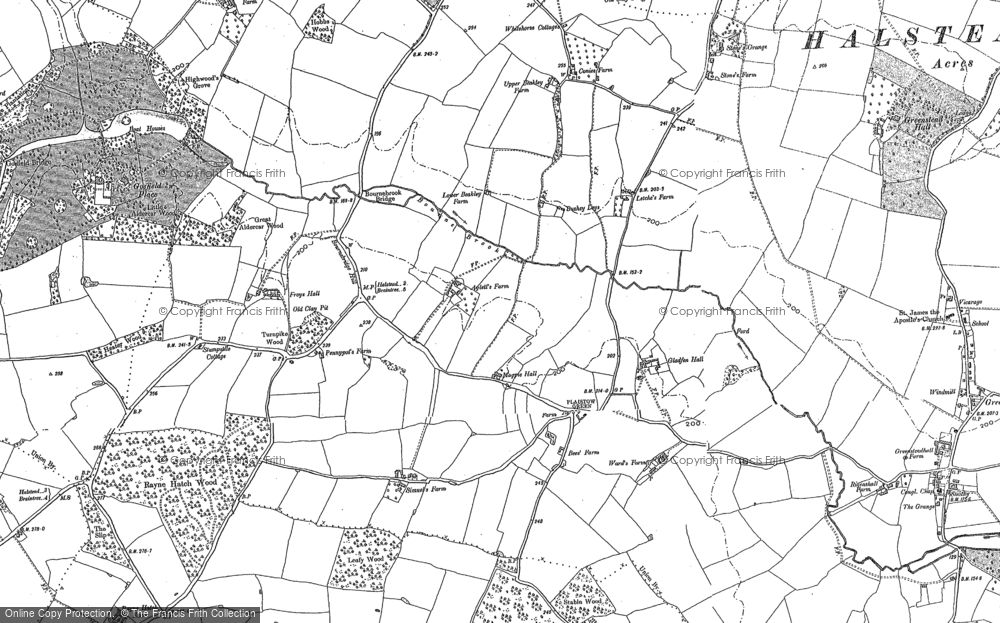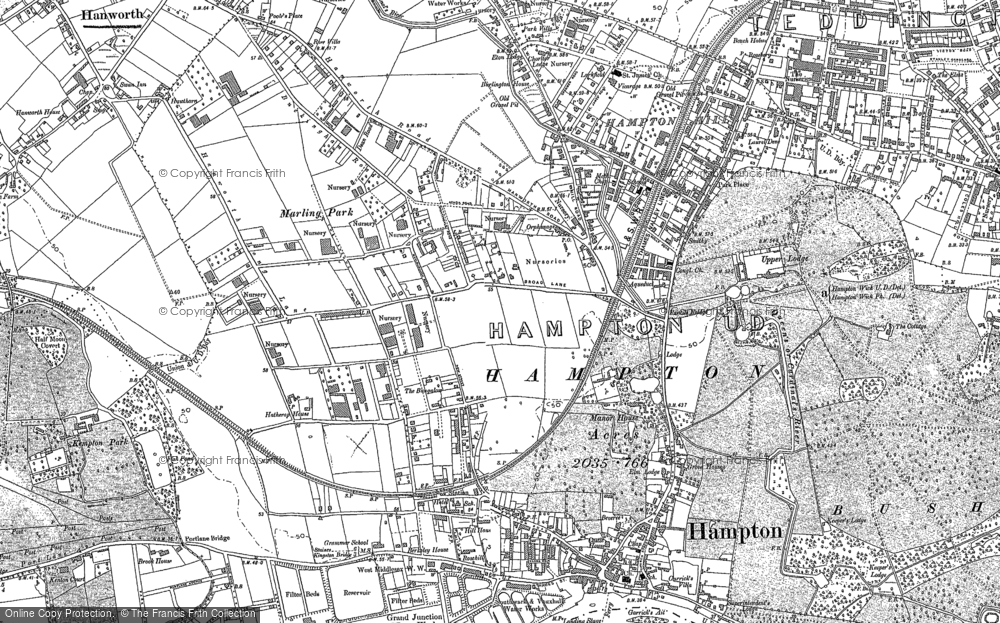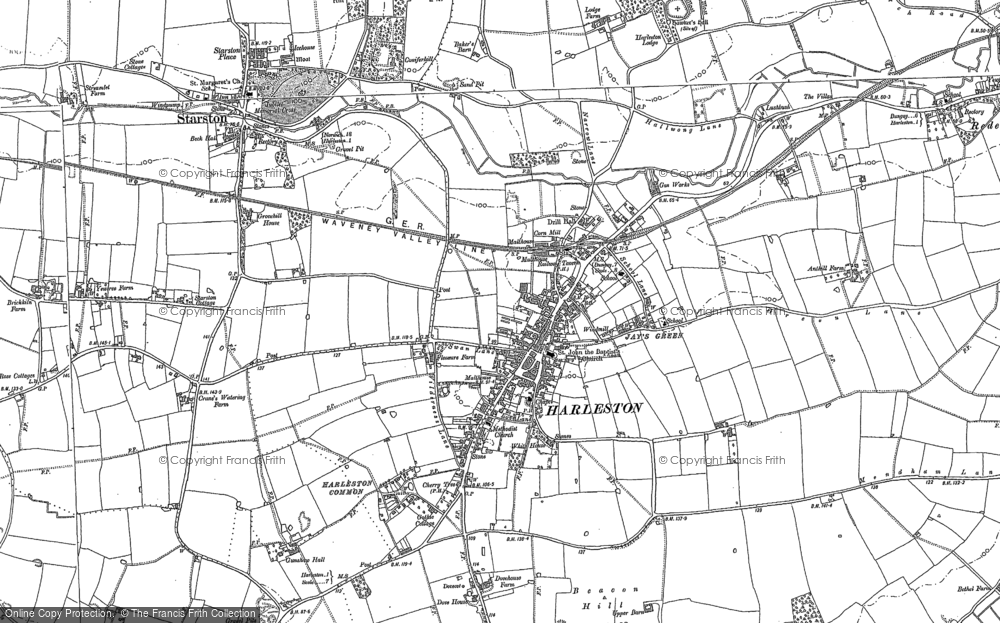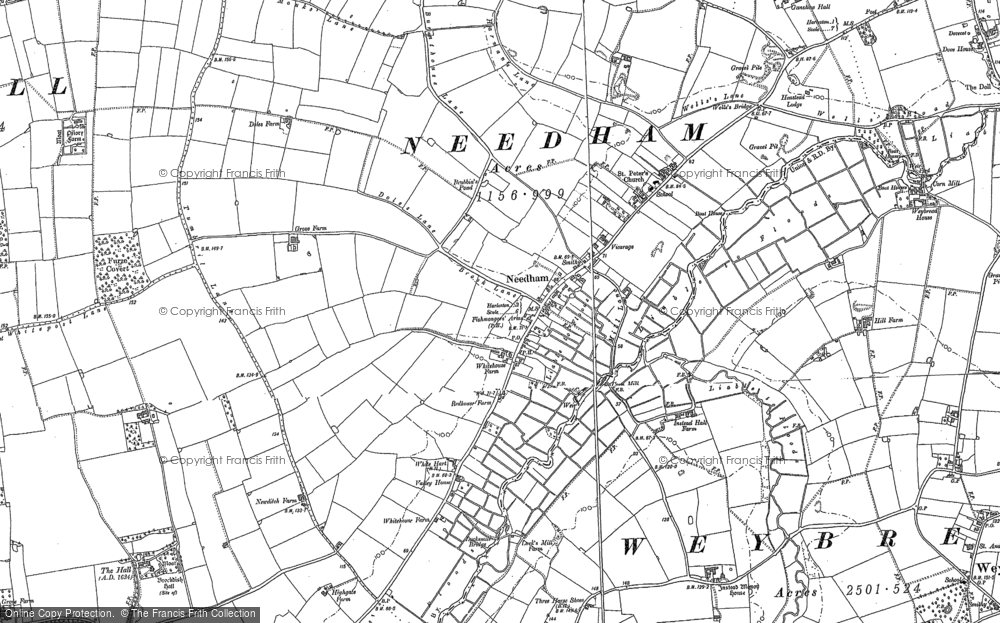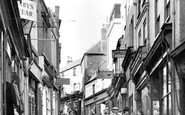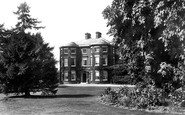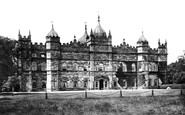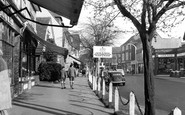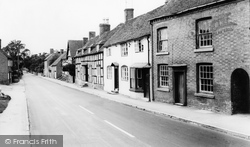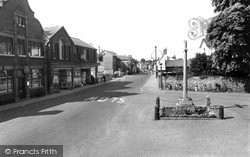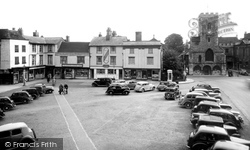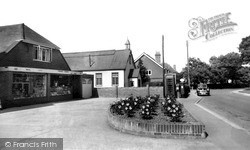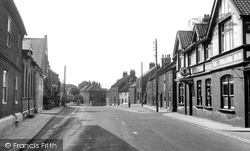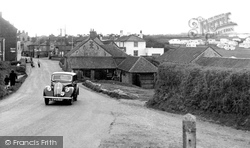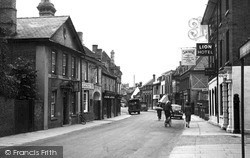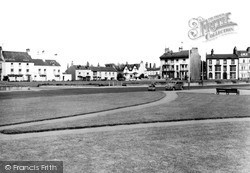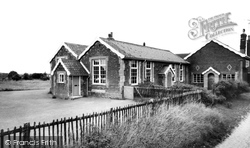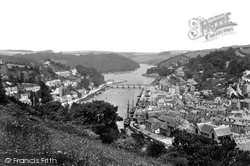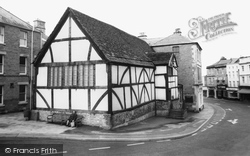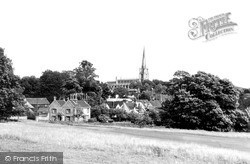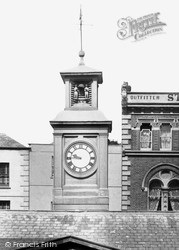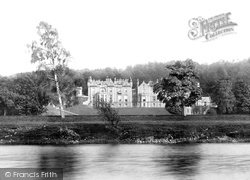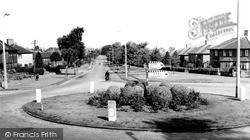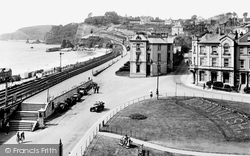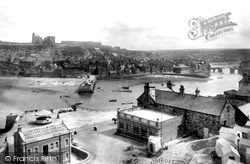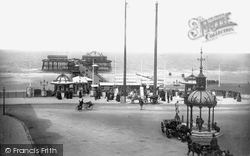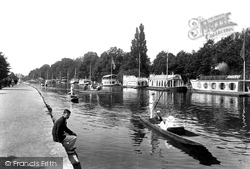Places
36 places found.
Those places high-lighted have photos. All locations may have maps, books and memories.
- Shanklin, Isle of Wight
- Ventnor, Isle of Wight
- Ryde, Isle of Wight
- Cowes, Isle of Wight
- Sandown, Isle of Wight
- Port of Ness, Western Isles
- London, Greater London
- Cambridge, Cambridgeshire
- Dublin, Republic of Ireland
- Killarney, Republic of Ireland
- Douglas, Isle of Man
- Plymouth, Devon
- Newport, Isle of Wight
- Southwold, Suffolk
- Bristol, Avon
- Lowestoft, Suffolk
- Cromer, Norfolk
- Edinburgh, Lothian
- Maldon, Essex
- Clacton-On-Sea, Essex
- Norwich, Norfolk
- Felixstowe, Suffolk
- Hitchin, Hertfordshire
- Stevenage, Hertfordshire
- Colchester, Essex
- Nottingham, Nottinghamshire
- Bedford, Bedfordshire
- Bury St Edmunds, Suffolk
- Aldeburgh, Suffolk
- St Albans, Hertfordshire
- Hunstanton, Norfolk
- Chelmsford, Essex
- Bishop's Stortford, Hertfordshire
- Peterborough, Cambridgeshire
- Brentwood, Essex
- Glengarriff, Republic of Ireland
Photos
9,106 photos found. Showing results 14,521 to 9,106.
Maps
181,006 maps found.
Books
11 books found. Showing results 17,425 to 11.
Memories
29,052 memories found. Showing results 7,261 to 7,270.
Old High Street Summer Of 1966
The old High Street was a hive of activity especially in the summer months, I remember the Acropolis coffee bar which was run by a Greek family including Archie Aggro who was a very tough character and stood no ...Read more
A memory of Folkestone in 1966 by
My Years In North Marston
I lived in North Marston in the 1950s, at 25 Quainton Road My Grandfather Ezra Rawlings was a tailor. I remember bonfire night on the sports field, cycling down Church Hill, Christmas carols, Friday night youth ...Read more
A memory of North Marston in 1955 by
Horndean War Memorial
I am seeking help in identifying two soldiers recorded on the Horndean War Memorial. I have found the details of all of the others. I intend to publish the results of my research. The two men are recorded as follows ...Read more
A memory of Horndean in 1910 by
Walking The Dog
When I was about 14 the A30 by-pass finished at Treswithian and my sister and I used to walk our dog beside the huge pile of earth where the by-pass ended, I also remember a little later, walking him on the then unfinished continuation of the road to Hayle.
A memory of Treswithian in 1984 by
Betton Old Hall 1960s
My grandparents - George & Winifred Lowe - lived at The Black & White House, Betton (aka 9 Betton, Betton Old Hall) for many years (leaving in about 1977). My grandad was a gardener for Colonel George Wade of ...Read more
A memory of Market Drayton by
Evacuee During The Second World War
Dear Mr Lord, My sister Jean Marie Church and I, Marie Elizabeth Church, attended Findern School for four years plus during the Second World War. I was almost 7 years old, my sister almost 6 years old. As I ...Read more
A memory of Findern in 1940 by
My Memory Of Tong Castle By Babs Potts
My name is Irene Harriett Potts (nee Bryon), I was born 18-1-1921 at my granny's house in Bishops Wood (her name was Harriet Robinson). Our home was number 23 Offoxy Road, Tong, I lived there with my parents ...Read more
A memory of Tong in 1930 by
Narrow Lane
I can remember Narrow Lane, Gresford although I lived there for a very short period. My Uncle Bob lived in the lane with my Auntie Peggy, he used to have a smallholding just across from where we lived. I am sure many people will ...Read more
A memory of Gresford in 1949 by
The Bramwell Family
I have just dicovered I have a family name of Bramwell, Dora Brawell was my grandmother who married Francis Joyce from Buxton in the 1920s. Are there any Bramwells still in Moneyash? It was a large family of 8 back in the 1920s. It would be great to hear from you. Christine Joyce
A memory of Monyash by
School Days
I grew up in Malden Road and went to Wallington Grammer School. I vividly remember having to walk to the bus stop in Ewell Rd every morning and sometimes having to run for the bus as it waited at the traffic lights. Luckily it was one of ...Read more
A memory of Cheam in 1966 by
Your search returned a large number of results. Please try to refine your search further.
Captions
29,158 captions found. Showing results 17,425 to 17,448.
In the early 20th century, when Beoley was still completely rural, The Village Inn used to be a popular destination for people venturing out of town by horse-drawn carriage or by bicycle.
Droitwich has a long history of salt production. The Romans mined Droitwich salt on a large scale, and this is the road they built running east from Droitwich through Feckenham to Alcester.
Crampton the printers and the Co-op face the cross that in 1919 became the village war memorial. It bears the names of those who died in two World Wars and the Korean War of 1950-51.
The origins of St Nicholas' Church date back to the 12th century. It was built by Abingdon Abbey to cater for their lay servants, their tenants and passing pilgrims.
A well-maintained semi-circular bed of roses has been planted on the forecourt - oh for a dash of colour!
In the 1950s Greatham consisted of little more than the High Street.
The caravan site on the right is on top of the Runton cliffs.
Just past the Village Green, the Boot (left), one of the oldest pubs in the village, and the Barley Mow beyond, are both still trading, although the General Stores between them has been demolished to make
The Horse and Gate pub (left) has been redeveloped into shops, the Lion Hotel (right) is now flats, and parking is only allowed on the left-hand side of the street.
Most of these properties remain private residences today. Seaton Hall (left) is now a residential nursing home.
He did much of his early oral history recording in the village; this formed the basis of many books, including 'Ask the Fellows who Cut the Hay' in 1956.
The tower of the steam engine house has now been demolished. The water mill is 18th-century, with three pairs of wheels driven by a cast iron breast-shot wheel.
In summer the wooded slopes above are a mass of myrtle and hydrangea. East Looe's cramped main street, edged with a jumble of jettied shops and cottages, tapers down to the quay.
The double doors on the gable end had been removed and a new box frame infill with windows had been added, which matches the style of the rest of the building.
The golf course was laid out in the deer park of Audley End House. From the course there is a fine view of the town.
In 1905 it became the duty of the hotel boots boy to pull and tie down a cord which silenced the quarterjacks during the hours of darkness.
In 1811 Sir Walter Scott purchased the Cartley Hole estate on the banks of the Tweed and changed its name to Abbotsford.
John Darby of High Park Farm operated a substantial milk delivery service, using a horse-drawn float.
George Street was once the very heart of the old city but was almost entirely destroyed in the blitz. Today, a short section behind the Theatre Royal is all that is left.
The sweep of the sandy bay and the railway along the shore are clearly visible here. The Blenheim Hotel, shown in the centre, is now converted to holiday flats: a sign of the times.
The picturesque cottages of the east side surround the 199 church stairs. This was probably a Monday, as the washing is laid to dry on the sands.
The oldest of the town's three piers, this one dates from 1863, and when it opened was known simply as Blackpool Pier.
This scenic stretch of the Thames, overlooked by Christ Church Meadow, has long been a rowing reach; at one time the bank would have been lined with eye-catching college barges, which were used as
This view is taken from the Vinefields side of the river, on the footpath leading from the Grammar School into the Abbey Gardens. The bridge was built and the footpath laid down in 1883.
Places (6814)
Photos (9106)
Memories (29052)
Books (11)
Maps (181006)



